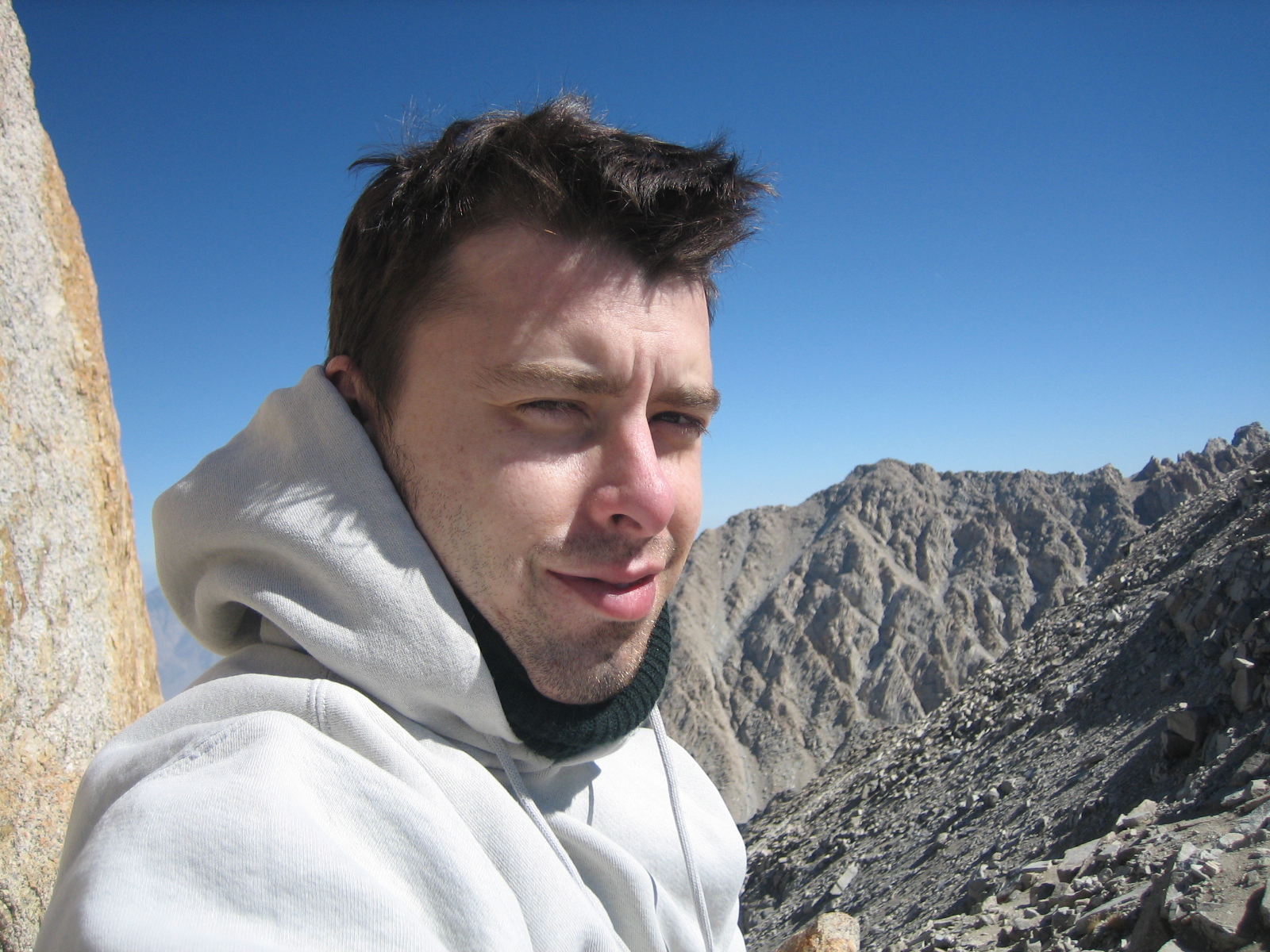Current Research
Adaptive deep learning for seismic tomography
Using The Frozen Gaussian approximation (FGA) for the elastic wave equation, one can improve the results of a trained neural network by updating/creating neurons form data generated on they fly.
Seismic inversion with the frozen Gaussian approximation and deep learning.
Using The Frozen Gaussian approximation (FGA) for the elastic wave equation we are training a neural network to solve the problem of seismic inversion for high frequency wave propagation. We believe this will prove more effective then the usual full waveform inversion as we can do the forward modeling with cuda fortran on GPUs.
Scattering and attenuation in the frozen Gaussian approximation framework.
Scattering and attenuation can be approximated in the FGA framework. For seismology, a more complete simulation of seismic waves can be impliemented
Fast parallel algorithm for CVTs
With grid cascading and a clever multi-colorded scheme using classical optimization methods a fast parallel algorithm can be developed
CVT/ODT smoothing
There are several way to go about mesh smoothing. Considering the energy functional for an ODT and a CVT, minimizing both simultaneously leads to the optimization method(s) "fighting" with eachother most of the time. A local minimum for the ODT energy functional is not necessarily a minimum for the CVT functional. Decomposing these two meshes and cosidering quadrilaterals formed. One can consider this energy funcitonal and minimize it, effectively finding a good balance between both meshes.
Projects and Research
Submitted Research
Deep Learning Seismic Interface Detection using the Frozen Gaussian Approximation
In this work we develop GeoSeg; https://github.com/KyleMylonakis/GeoSeg, and train a convolutional neural network for interface dection using a datasets generated by the FGA
Local CopyarXiv e-print
Frozen Gaussian Approximation: Elastic Wave Equation
The Frozen Gaussian approximation (FGA) performs better than the Gaussian Beam Method and overcomes difficulty of other methods from geometric optics for high frequency wave propagation. We obtain a diabatic coupleing for Sh and Sv waves for the evolution equation for the amplitude. Currently we have devoloped software to test a varitey of models with fortran and mpi to run on a cluster. Results for a simple constant density, an earth model and solving the inverse problem using full wave form inversion. The code for 2d in MatLab can be found at can be found on bitbucket in a repository under my username jhateley. The 3D code is done in Fortran with MPI, it can also be found on bitbucket.
Local CopyarXiv e-print
Fast Methods for CVT smoothing
We've accelerated the run time of a Voronoi tessellations to a centroidal Voronoi tessellation (CVT), using the graph Laplacian as a preconditioner in a BFGS scheme. Code for Scalar quantization. The Code using the BFGS and NCLG optimization methods for finding a 2D CVT with our graph Laplacian approximation as a preconditioner can be found on bitbucket in a repository under my username jhateley.
CVT Paper: DOI: 10.1007/s10915-014-9894-1
Local Copy
CVT Presentation
On going projects:
Hamiltonian path: I'm trying developing an algorithm to reconstruct a polyhedra given a set of vertices. Like the development of many algorithms, the goal is to have a speedy run time. Ricci flow fails on a certain class of polyhedra. Mollifing the polyhedra and assuming positive curvature, I'm tring to construct a "barrier" operator that deforms a sphere into my polyhedra.
Various Matlab files
Derivative using the Fast Fourier Transform.
Integration using the Fast Fourier Transform.
Cubic Spline interpolation.
1D V-cycle multigrid for Poissons equation using recursion.
Various Spectral/(Psuedo Spectral) Methods for the Advection Diffusion equation .
chebyshev interpolation with Gauss Lobatto points /w examples .
Gaussian elimination with full pivoting.
Linear solver using Jacobian iterations or Gauss-Seidel interations.
